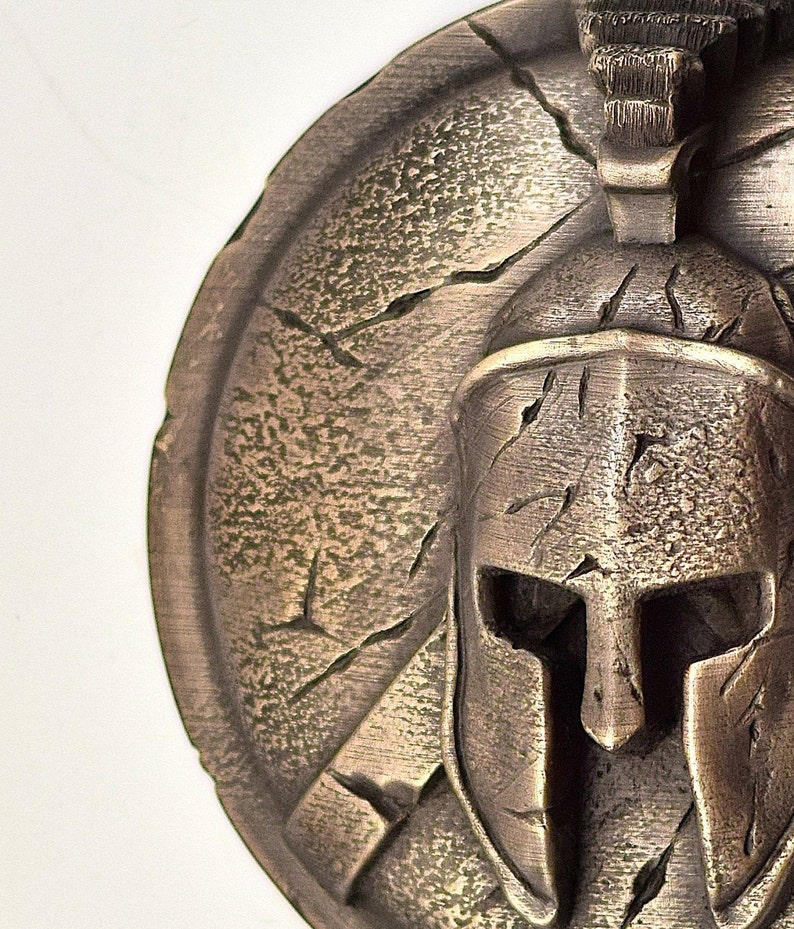

The Macedonian pike, the sarissa, gave its wielder many advantages both offensively and defensively. However, the Macedonian king also innovated, he introduced the use of a very much longer spear, the two-handed pike. Philip II improved on these military innovators by using both Epaminondas' deeper phalanx and Iphicrates' combination of a longer spear and smaller and lighter shield. Tactical improvements included the latest developments in the deployment of the traditional Greek phalanx made by men such as Epaminondas of Thebes and Iphicrates of Athens. In a remarkably short time, this led to the creation of one of the finest military machines of the ancient world. By introducing military service as a full-time occupation, Philip was able to drill his men regularly, ensuring unity and cohesion in his ranks. The latest innovations in weapons and tactics were adopted and refined by Philip II, and he created a uniquely flexible and effective army. It was created and made formidable by King Philip II of Macedon previously the army of Macedon had been of little account in the politics of the Greek world, and Macedonia had been regarded as a second-rate power. The army of the Kingdom of Macedonia was among the greatest military forces of the ancient world. Illyrians, Thracians, Phocis, Athens, Thebes, Sparta, Persian Empire, Kingdom of Porus, Scythians.īattle of Crocus Field, Battle of Chaeronea, Battle of Thebes, Battle of Granicus, Battle of Issus, Battle of Gaugamela, Battle of the Hydaspes This figure fluctuated, for example at Gaugamela, Alexander commanded at least 47,000 soldiers.Īrmies of the Diadochi - Hellenistic armies Greece, Balkans, Anatolia, Syria, Phoenicia, Egypt, Mesopotamia, Iran, India.ģ2,000+ - the field army for Alexander the Great's invasion of the Persian Empire - according to Diodorus Siculus. Philip II of Macedon, Alexander III of Macedon

Its survival is perhaps due to being captured in battle as a spoil of war and dedicated as an offering.Participant in Rise of Macedon, Alexander's Balkan campaign, the Wars of Alexander the Great, The puncture and slash marks, primarily on the centre-left of the appliqué, indicate the piece was used in battle, and suggest the warrior faced an enemy holding a weapon in his right hand. The incised decoration of this appliqué suggest that it once formed part of an important set of armour. Excavations of the shrine of Artemis Orthia at Sparta by the British Archaeological School from 1906-1910 uncovered a number of lead seals, now thought to represent shield devices, one of which is similarly illustrated with a full-length standing boar. The victorious Spartans, having conquered the Messenians, subsequently adopted the standing boar as a shield device. in Stenykleros, where Herakles was believed to have exchanged oaths with the Sons of Neleus over a sacrificed wild boar.
#HOPLITE SHIELD EXCAVATED SERIES#
Pausanias (15.8) records a series of battles between Spartans and Messenians between c. This appliqué is likely Spartan, as the black wild boar was used as a shield device by the Mora, elite Spartan troops. 2002.200, and no other 'full-size' examples of this subject. Moreover, there is only one known surviving example of a 'forepart' type boar appliqué, in the Metropolitan Museum, New York, acc. Greek 'full-size' hoplite shield appliqués of all types are extremely rare.
#HOPLITE SHIELD EXCAVATED FULL#
Once riveted to a hoplite shield, this appliqué would have covered nearly its full length, as hoplite shields had an average diameter of 90cm in this period. With Apolonia Ancient Art, Denver, acquired from the above in September 2018. Of slightly convex form, in the shape of a full-length standing boar, in profile to the left, the small tail raised, the eye and ear modelled in shallow relief, with incised naturalistic details including the ear, eye, eyelashes, eyebrow, tusk and snout, the fur of the ridge and around the head also indicated, 73cm long Footnotesĭr Eugene Alexander collection, Munich, acquired from a Munich gallery in 1989. Possibly Sparta, circa 7th-6th Century B.C. A Greek bronze hoplite shield appliqué of a boar


 0 kommentar(er)
0 kommentar(er)
